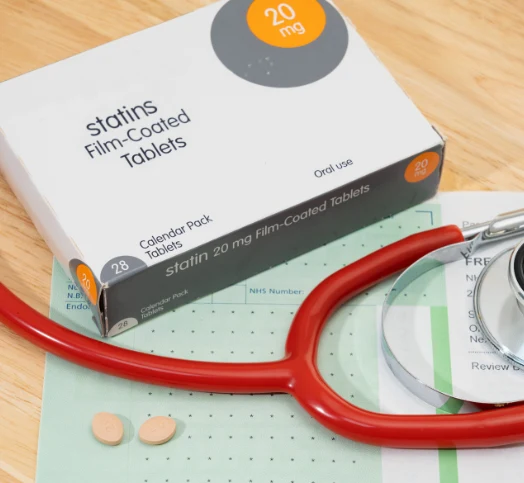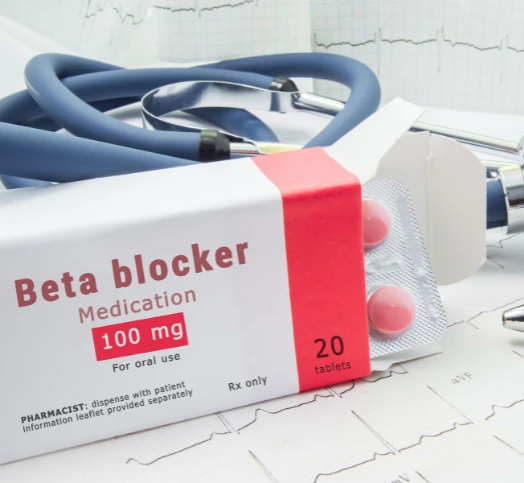Blood pressure is a crucial indicator of your heart health, and understanding how to measure it correctly is essential for effective monitoring. High blood pressure, or hypertension, often doesn’t present any symptoms, yet it can lead to serious health issues like heart disease, stroke, and kidney problems. Therefore, regular blood pressure monitoring is important, especially if you have additional cardiovascular risk factors, to reduce your overall risk. This guide will walk you through the basics of blood pressure, the different types of blood pressure monitors available, and how to interpret your readings accurately.
What is Blood Pressure?
Blood pressure is the force of your blood pushing against the walls of your arteries as your heart pumps. When you measure your blood pressure, you get two numbers:
Systolic Pressure: The top number indicates the pressure in your arteries when your heart beats/pumps.
Diastolic Pressure: The bottom number shows the pressure in your arteries when your heart is at rest between beats.

Blood Pressure Categories
Understanding the ranges of blood pressure readings is crucial for assessing cardiovascular health.
Here’s a breakdown:
Normal: Less than 120/80 mmHg
Elevated: Systolic between 120-129 and diastolic less than 80
Hypertension Stage 1: Systolic between 130-139 or diastolic between 80-89
Hypertension Stage 2: Systolic 140 or higher or diastolic 90 or higher
Hypertensive Crisis: Systolic over 180 and/or diastolic over 120, requiring prompt medical attention
Types of Blood Pressure Monitors
There are several types of blood pressure monitors available, each with its own features and best use cases. Overall, however, the best one is the one that you can afford and fits in with your daily life. If you are unable to access or purchase a monitor, having regular follow-up visits with your healthcare professional is paramount to keep tabs on your blood pressure.
Here are the main types:
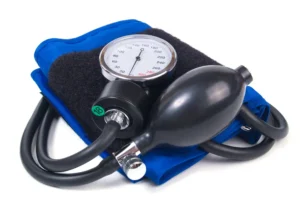
Manual Blood Pressure Monitors:
Components: Include a cuff, a squeeze bulb, and a stethoscope.
Usage: Often used by healthcare professionals due to the need for precise technique.
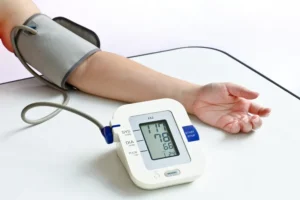
Digital Blood Pressure Monitors:
Features: Automatic cuff inflation and digital display of readings.
Advantages: Easy to use, making them ideal for home monitoring.
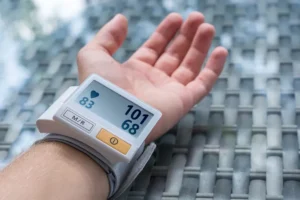
Wrist Blood Pressure Monitors:
Size: Smaller and more portable than upper arm monitors.
Accuracy: Can be less accurate than upper arm monitors, especially if not used correctly.
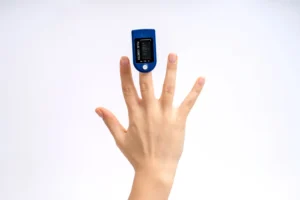
Finger Blood Pressure Monitors:
Convenience: Small and portable, but generally not recommended due to lower accuracy.
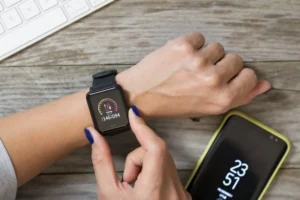
Smart Watches:
Technology: Modern smart watches are gaining clever features that can provide accurate blood pressure readings.
Calibration: Often need to be calibrated with a conventional blood pressure monitor.
Advantages: Useful for continuous monitoring, providing insights into blood pressure variations day and night.
How to Measure Blood Pressure Correctly
Accurate measurement of blood pressure involves several key steps:
Prepare:
Sit quietly for at least 5 minutes before measuring.
Avoid caffeine, exercise, and smoking for at least 30 minutes before taking a measurement.
Position:
Sit with your back straight and supported.
Keep your feet flat on the floor and your arm supported at heart level.
Apply the Cuff:
Place the cuff on your bare upper arm, just above the elbow.
Ensure it is snug but not too tight.
Start the Monitor:
For digital monitors, press the start button and wait for the reading.
For manual monitors, inflate the cuff using the bulb and listen with a stethoscope.
Read the Results:
Digital monitors will display the systolic and diastolic readings automatically.
With manual monitors, slowly release the air from the cuff while listening for the first heartbeat sound (systolic) and when the sound disappears (diastolic).
Interpreting Your Blood Pressure Readings
After obtaining your readings, compare them to the standard blood pressure categories to understand your level. Regular monitoring is crucial, and it’s important to consult with your healthcare provider if you have concerns about your readings.
Tips for Accurate Measurement
To ensure you get the most accurate readings, follow these tips:
- Measure your blood pressure at the same time each day.
- Take multiple readings and average them for the most accurate result.
- Avoid talking or moving during the measurement.
- Ensure the cuff is the correct size for your arm.
Feel free to download our blood pressure monitor chart so you can document your readings and share these with your healthcare professional. Click here.
Conclusion
Monitoring your blood pressure is a simple yet powerful way to stay on top of your heart health. Whether you use a manual or digital monitor, understanding how to measure and interpret your blood pressure accurately is essential. Stay informed, stay healthy, and consult with your healthcare provider regularly to maintain optimal cardiovascular health.






